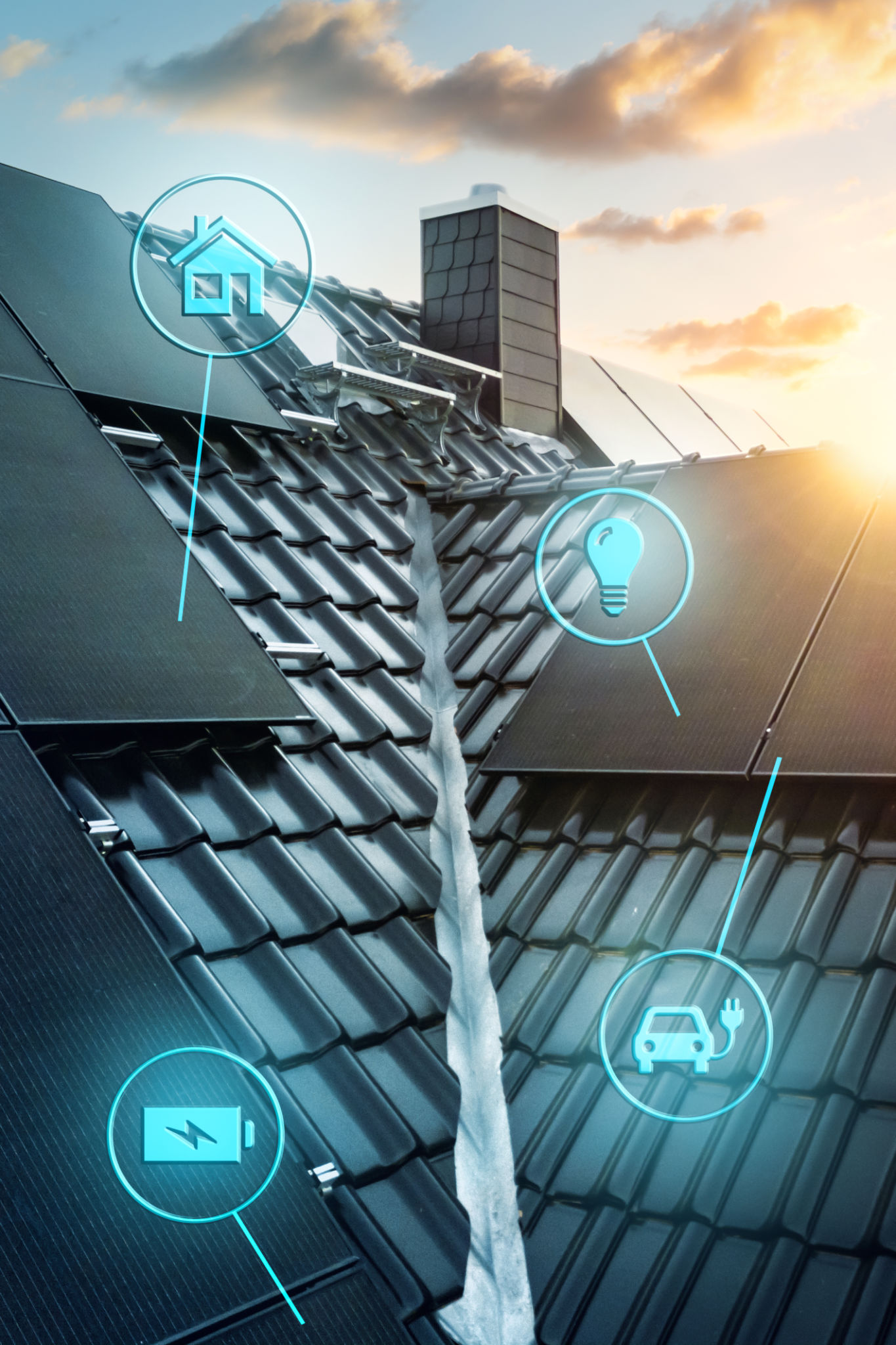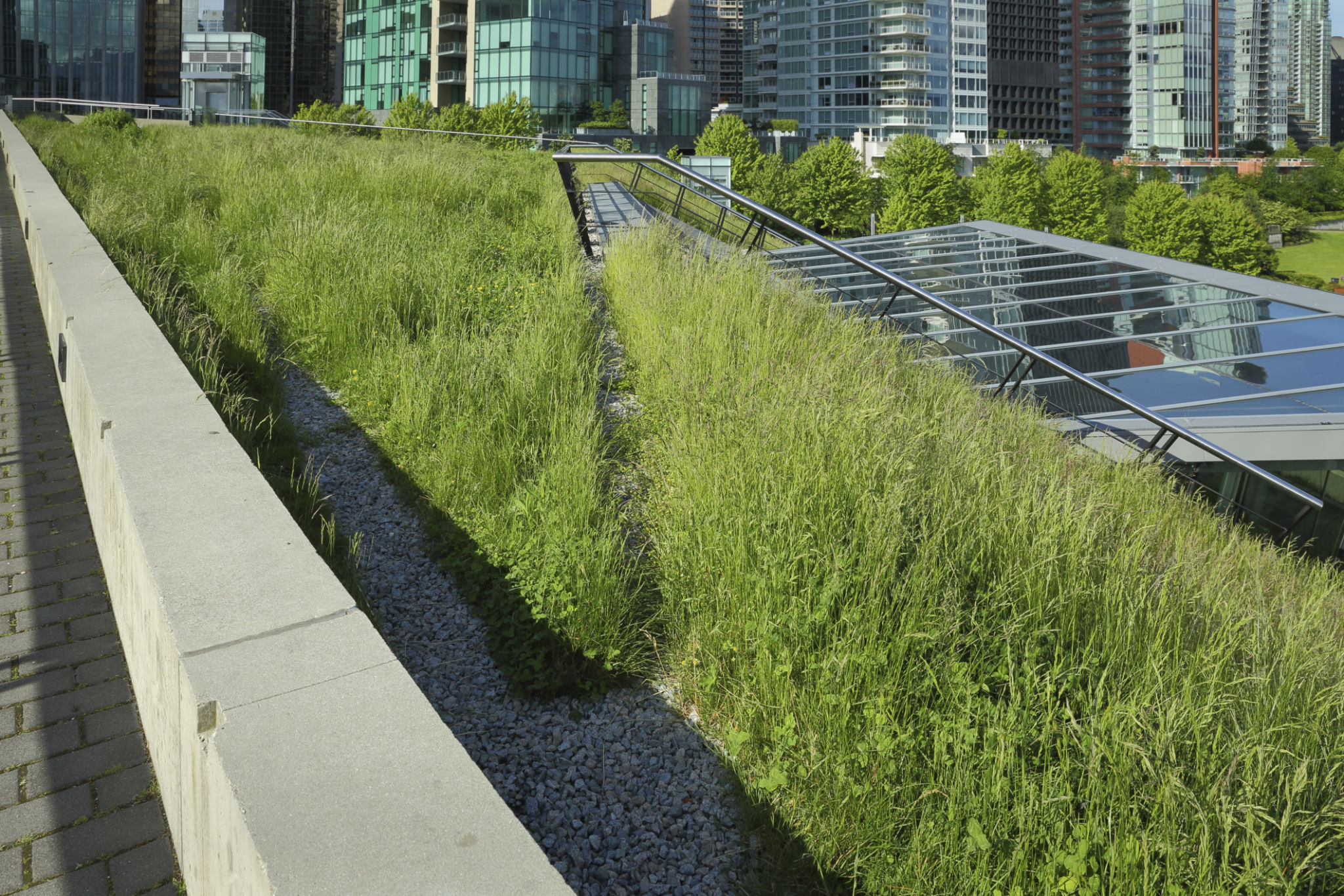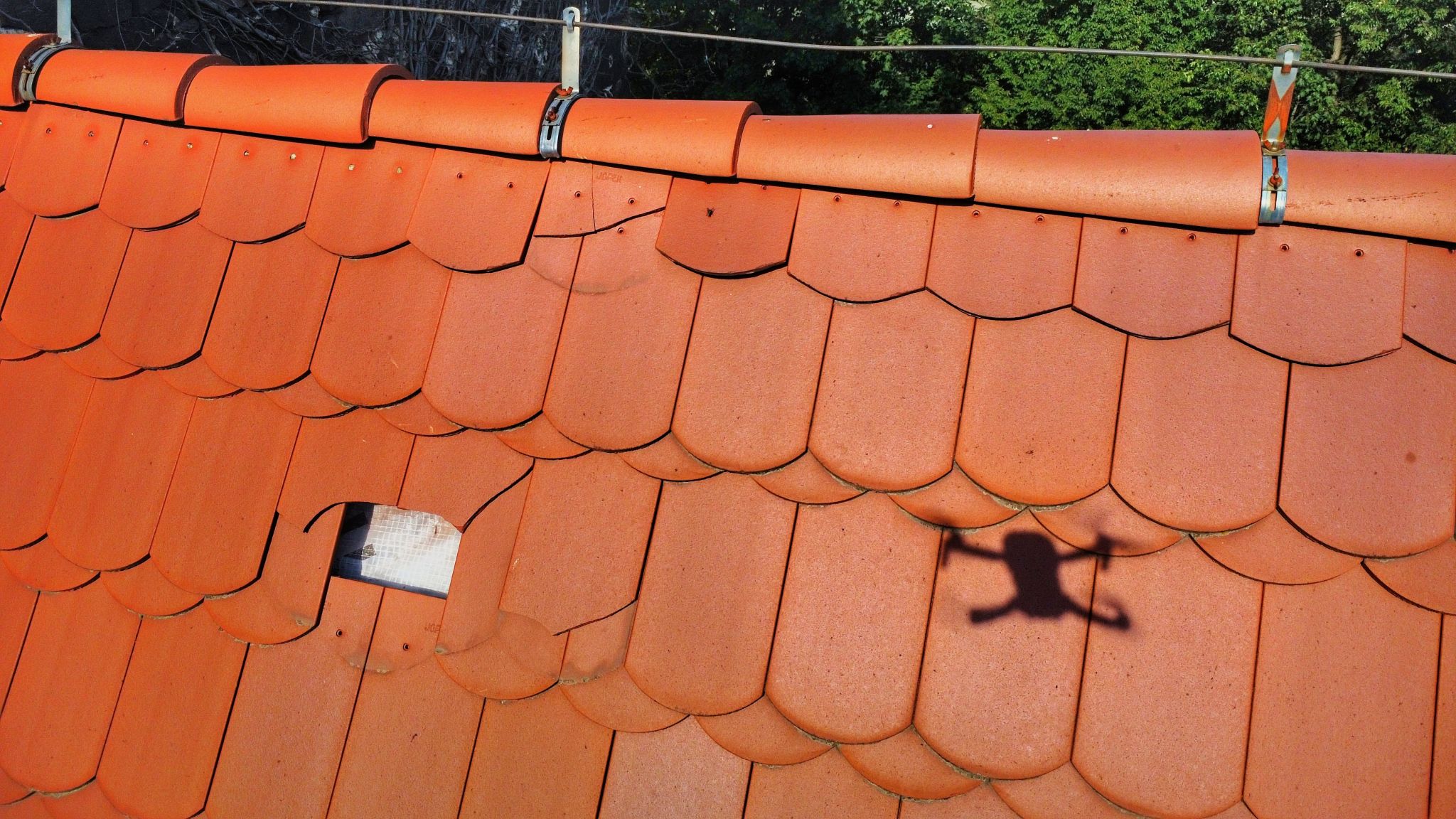The Future of Roofing: Innovations Elevating Standards in New Jersey
Innovative Materials: Paving the Way for Sustainable Roofing
The roofing industry in New Jersey is undergoing a significant transformation, thanks to the introduction of innovative materials that emphasize sustainability and energy efficiency. Homeowners and businesses are increasingly opting for environmentally friendly options, such as cool roofs and solar shingles, which not only reduce energy consumption but also offer long-term cost savings.
Cool roofs are designed to reflect more sunlight and absorb less heat compared to traditional roofing materials. This helps in reducing the heat island effect in urban areas and keeps buildings cooler during hot summer months. Solar shingles, on the other hand, integrate solar panel technology right into the roofing material, offering a seamless and aesthetically pleasing way to harness solar energy.
Smart Roofing Technology: The Dawn of the Connected Roof
With technological advancements, the concept of a "smart" roof is becoming a reality. In New Jersey, smart roofing technology is gaining traction, providing homeowners with a wealth of information about their roof's condition and performance. These systems often include sensors that monitor various parameters such as temperature, humidity, and potential leak points.
By integrating with home automation systems, smart roofs can alert homeowners to issues before they become costly repairs. This proactive approach not only enhances the longevity of the roof but also offers peace of mind. As technology continues to evolve, we can expect even more sophisticated features, such as predictive maintenance algorithms and real-time energy efficiency analysis.

Green Roofs: Bringing Nature Back to Urban Spaces
The trend of green roofs is also making waves in New Jersey. These roofs are covered with vegetation, providing numerous environmental benefits such as improved air quality, reduced stormwater runoff, and increased biodiversity. Green roofs can transform urban landscapes by adding a touch of nature to otherwise concrete-heavy environments.
In addition to their environmental benefits, green roofs offer excellent insulation properties, helping to reduce energy costs for heating and cooling. They also contribute to the aesthetic appeal of buildings, making them an attractive option for both residential and commercial developments.

Advanced Installation Techniques: Enhancing Efficiency and Safety
The future of roofing in New Jersey is not just about innovative materials and technologies but also about advanced installation techniques. Modern roofing companies are adopting new methods that enhance both efficiency and safety during installation. Techniques such as drone surveys, 3D modeling, and precision cutting are becoming standard practices.
Drones provide an aerial view of the roof, helping contractors identify problem areas without needing physical access. This not only speeds up the initial assessment but also ensures safety by reducing the need for scaffolding. Additionally, 3D modeling allows for precise planning and execution, minimizing material waste and ensuring a perfect fit.

The Impact of Regulations and Incentives on Roofing Innovations
Government regulations and incentives are playing a crucial role in shaping the future of roofing innovations in New Jersey. Stricter building codes are pushing for higher energy efficiency standards, encouraging the adoption of sustainable roofing options. Moreover, financial incentives such as tax credits and rebates for installing solar panels are driving the shift towards greener alternatives.
These policies not only benefit individual property owners but also contribute to statewide energy goals. By promoting sustainable roofing practices, New Jersey is setting an example for others to follow in the journey towards a more sustainable future.
The Road Ahead: Challenges and Opportunities
While there are numerous opportunities in roofing innovations, challenges remain. The initial cost of adopting new materials and technologies can be a barrier for some homeowners. However, as these technologies become more widespread, costs are expected to decrease.
Education and awareness are key to overcoming these challenges. By informing homeowners about the long-term benefits of investing in innovative roofing solutions, we can drive greater adoption rates. As we look ahead, the future of roofing in New Jersey appears promising, with continued advancements poised to elevate industry standards even further.